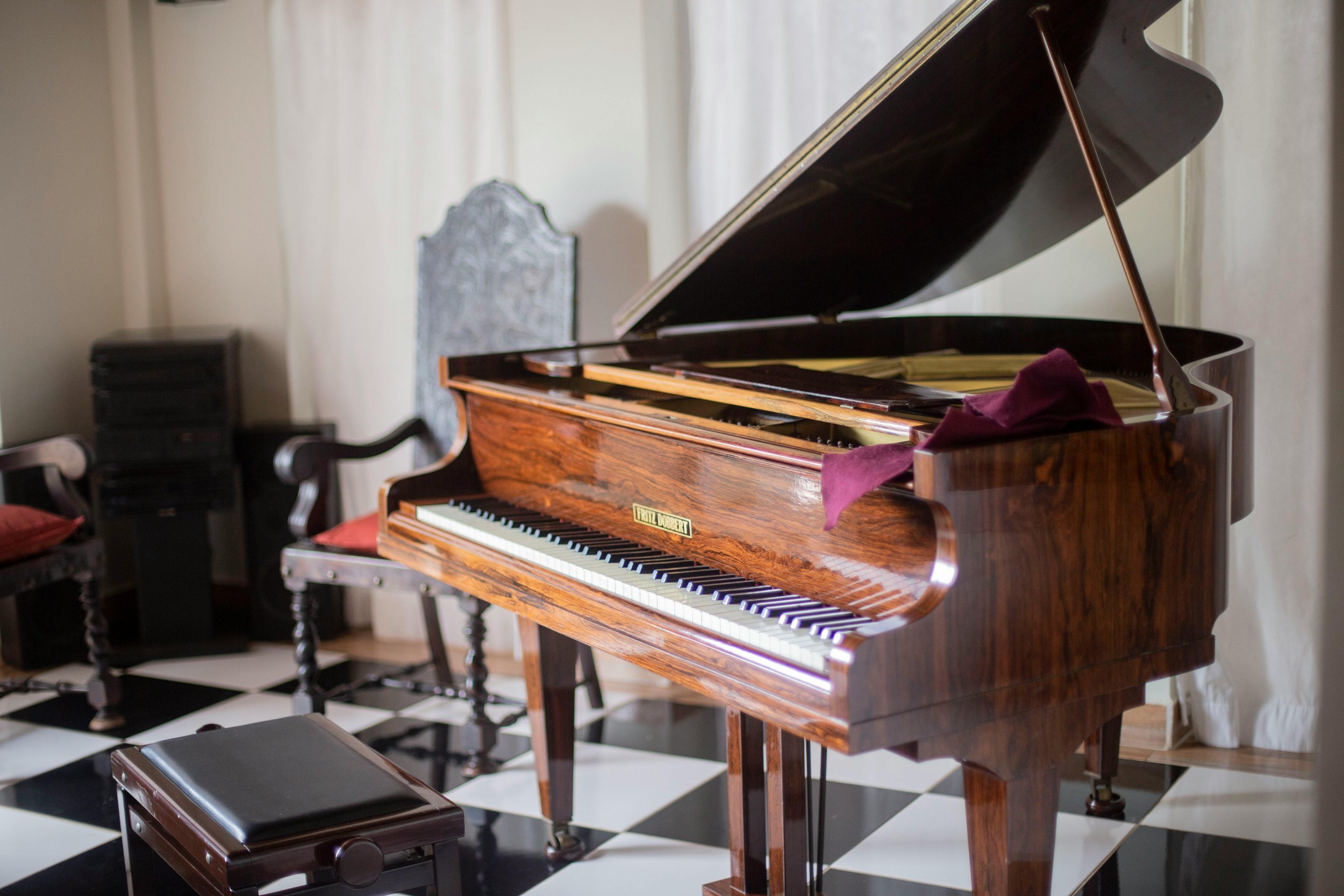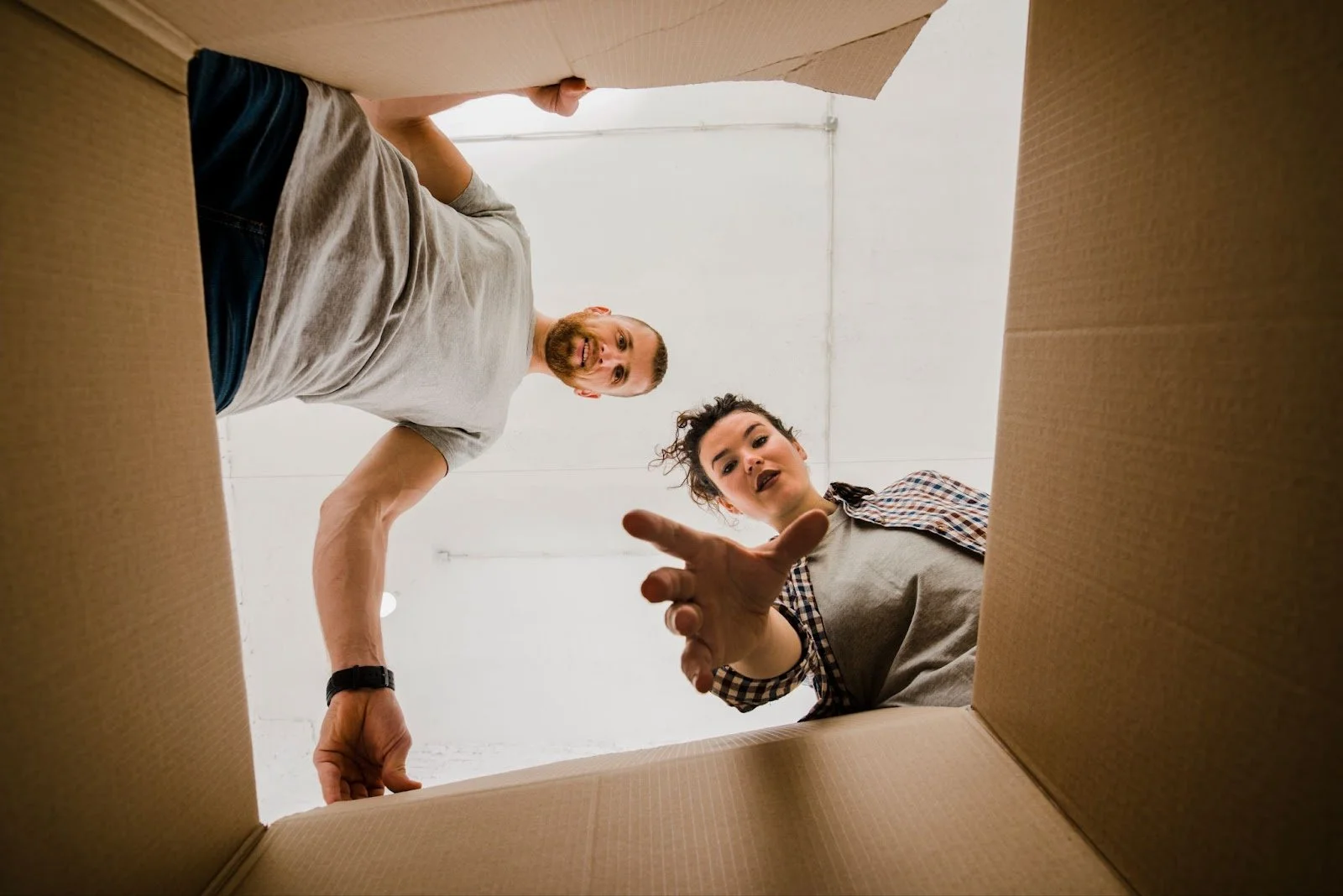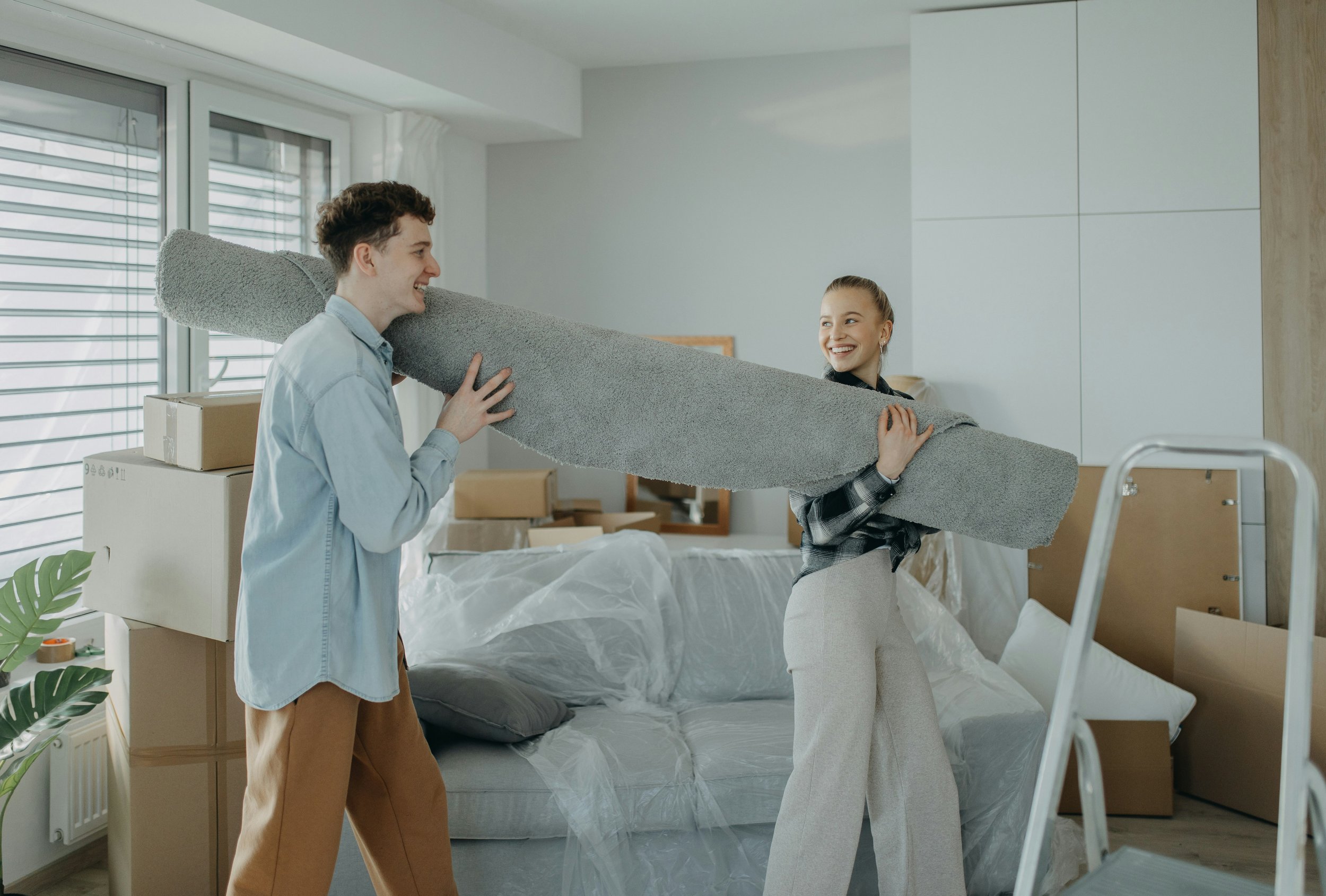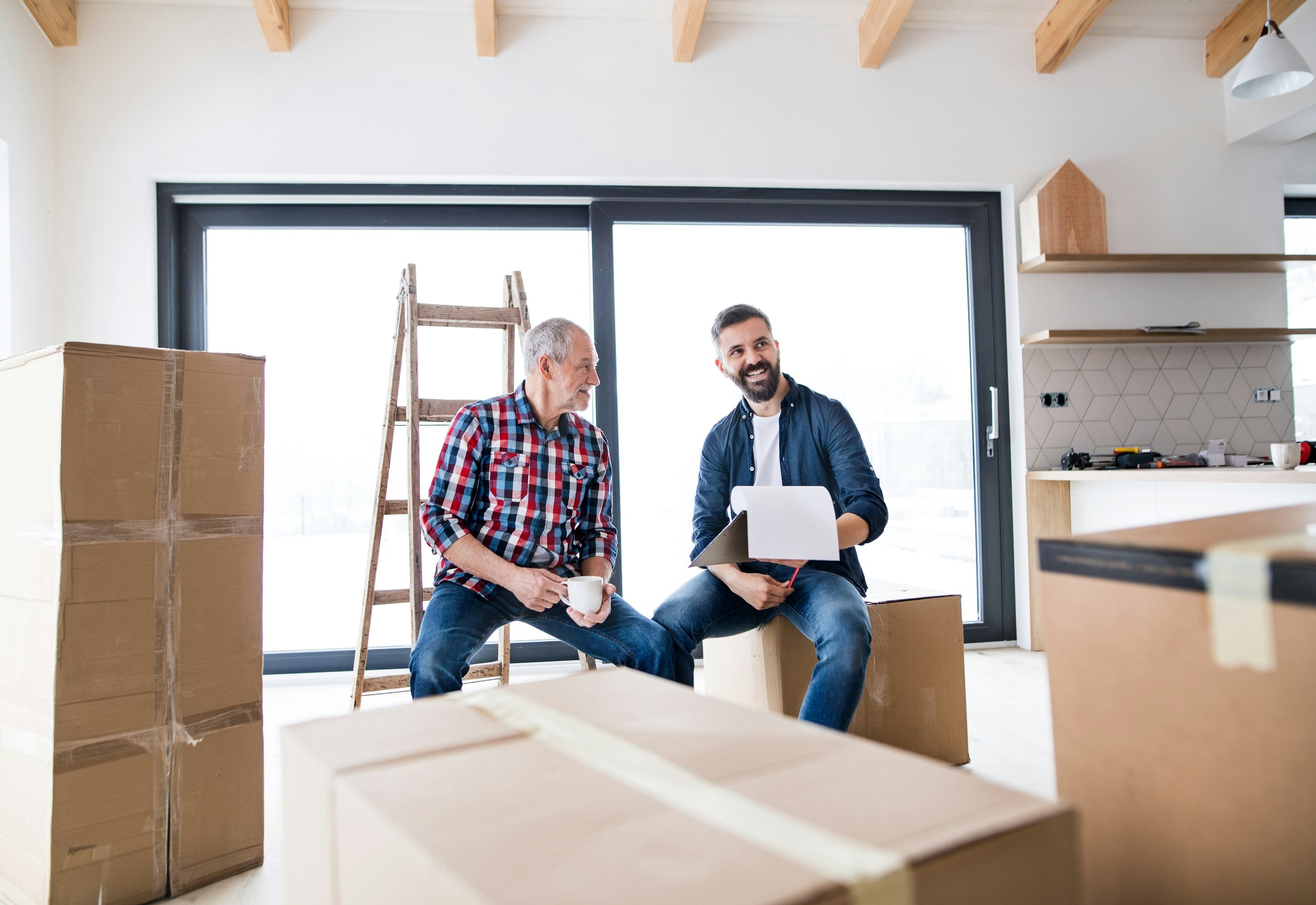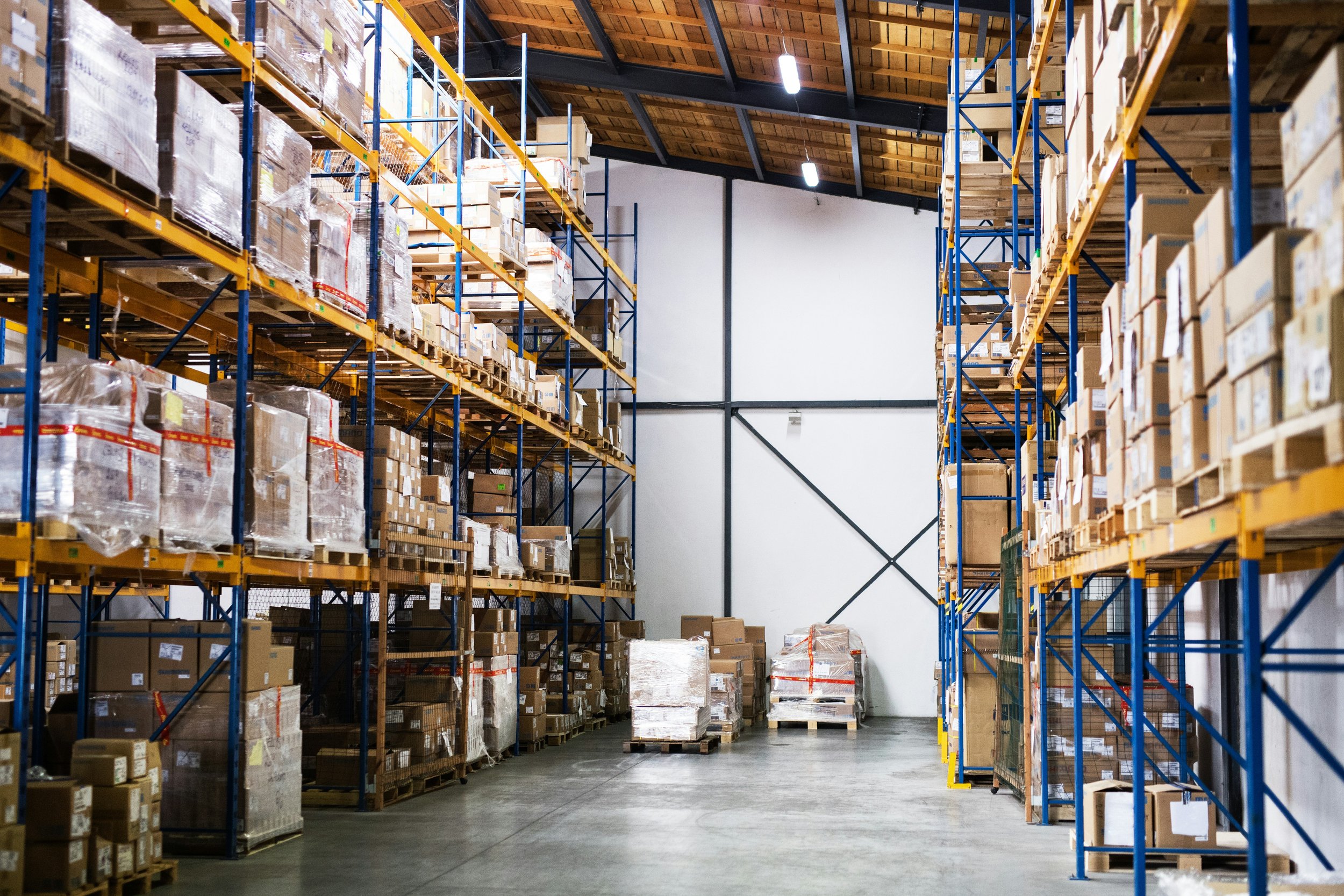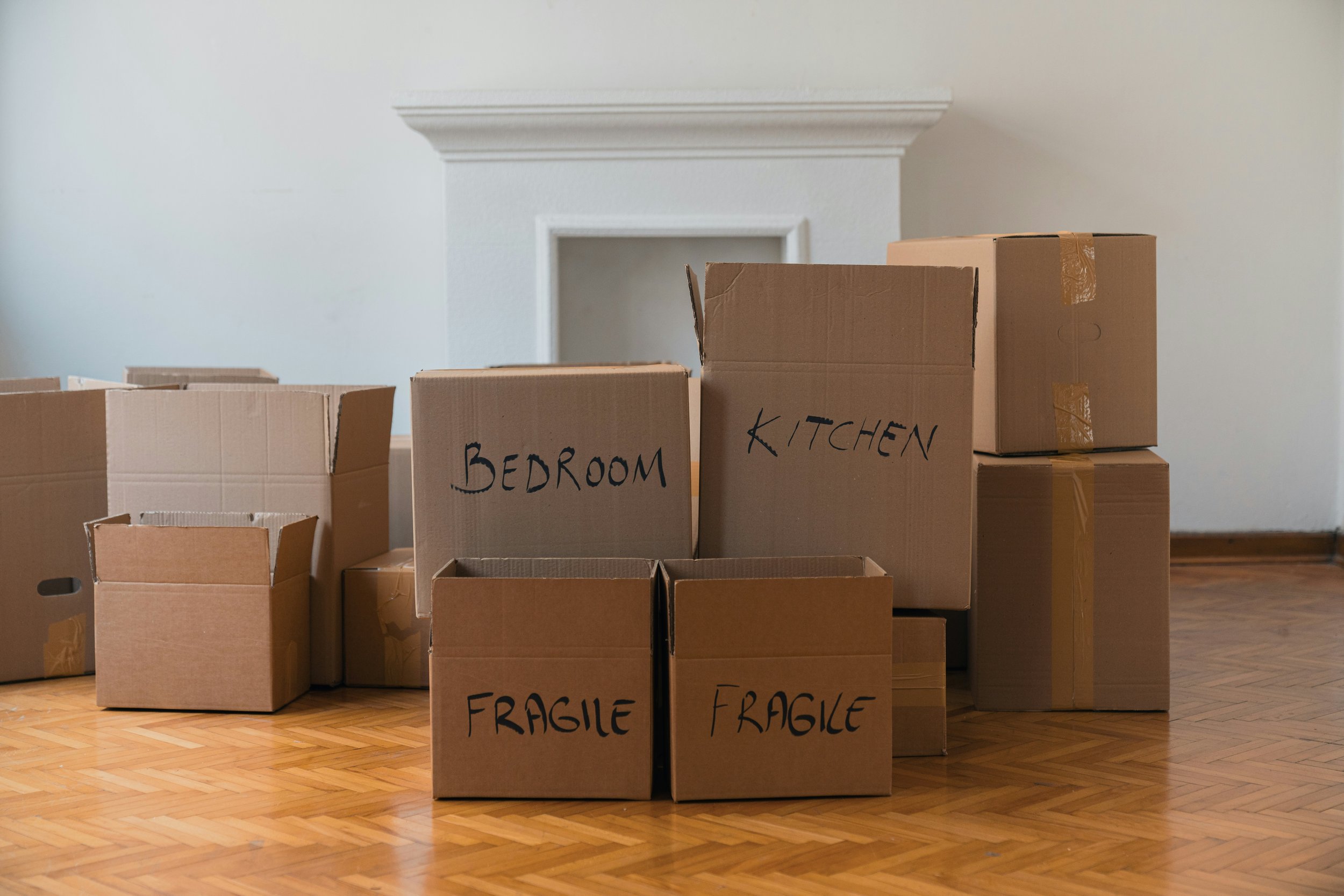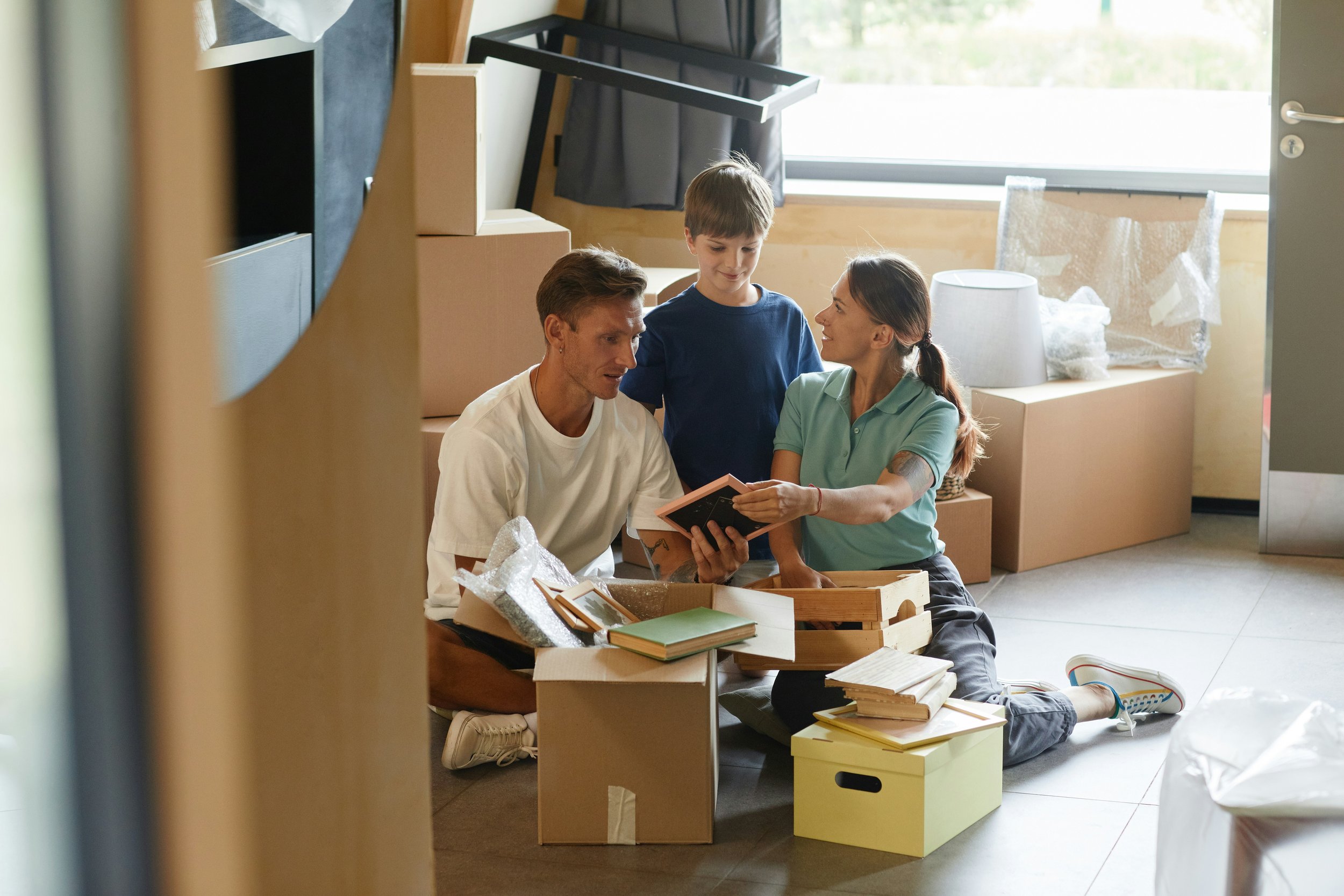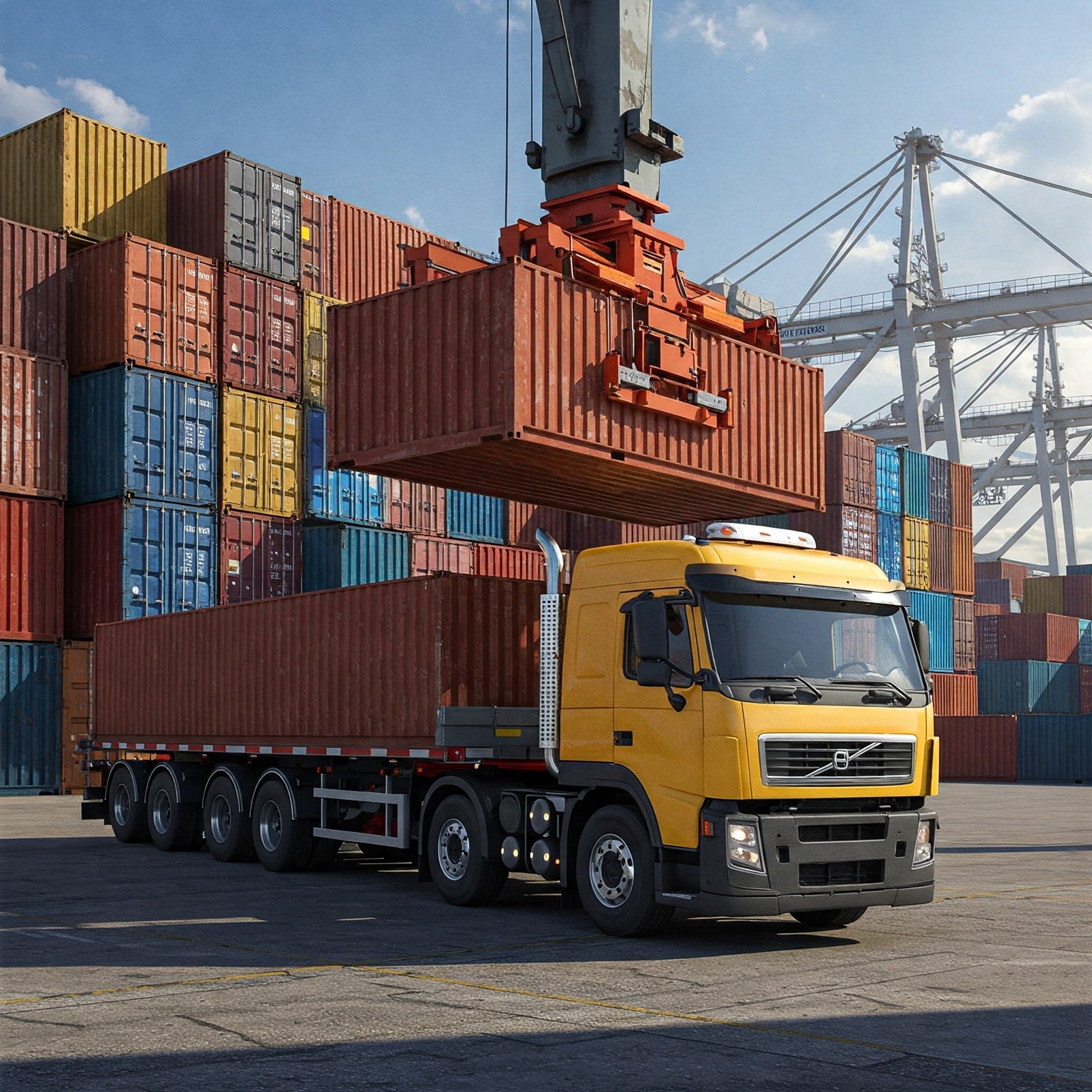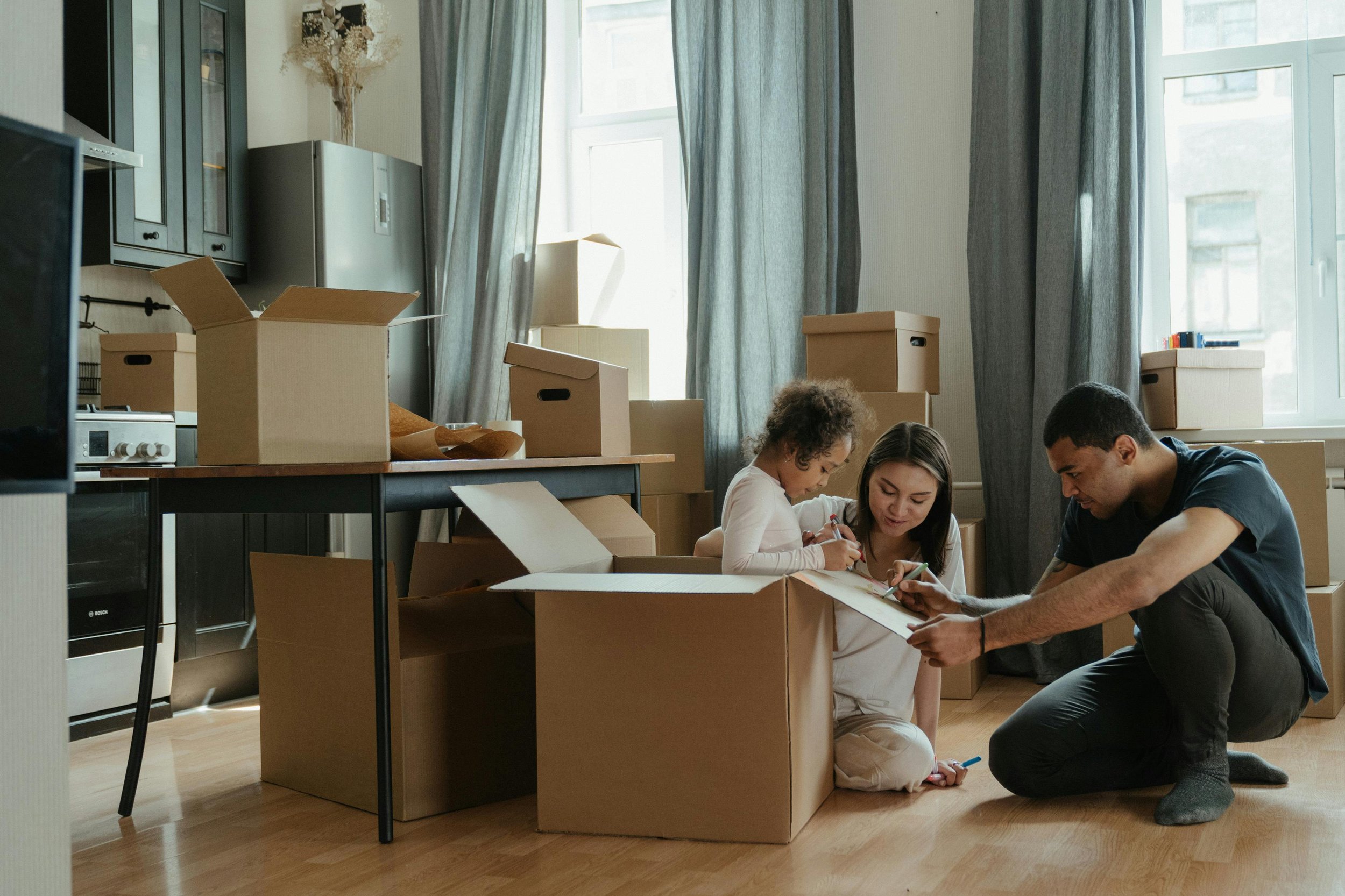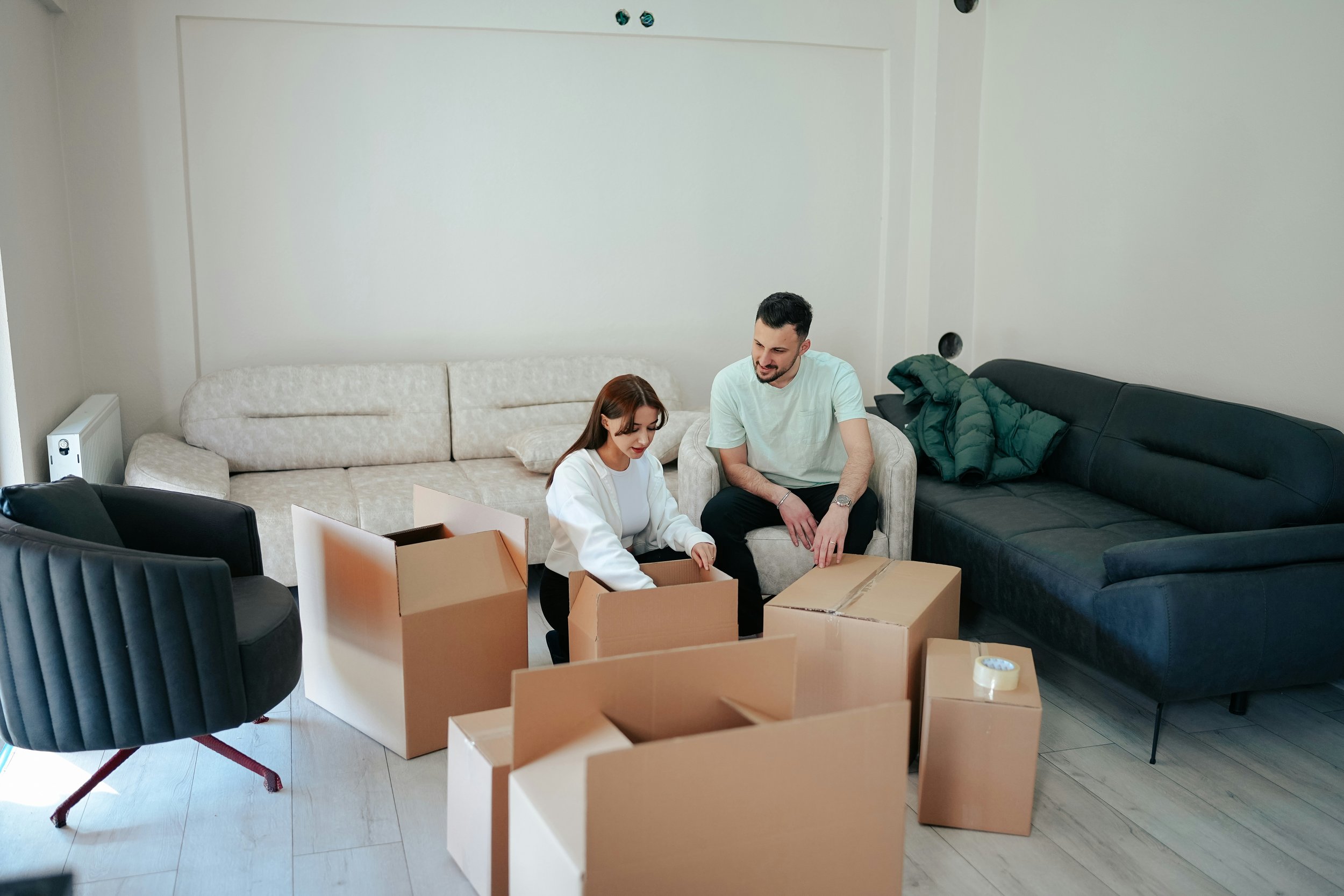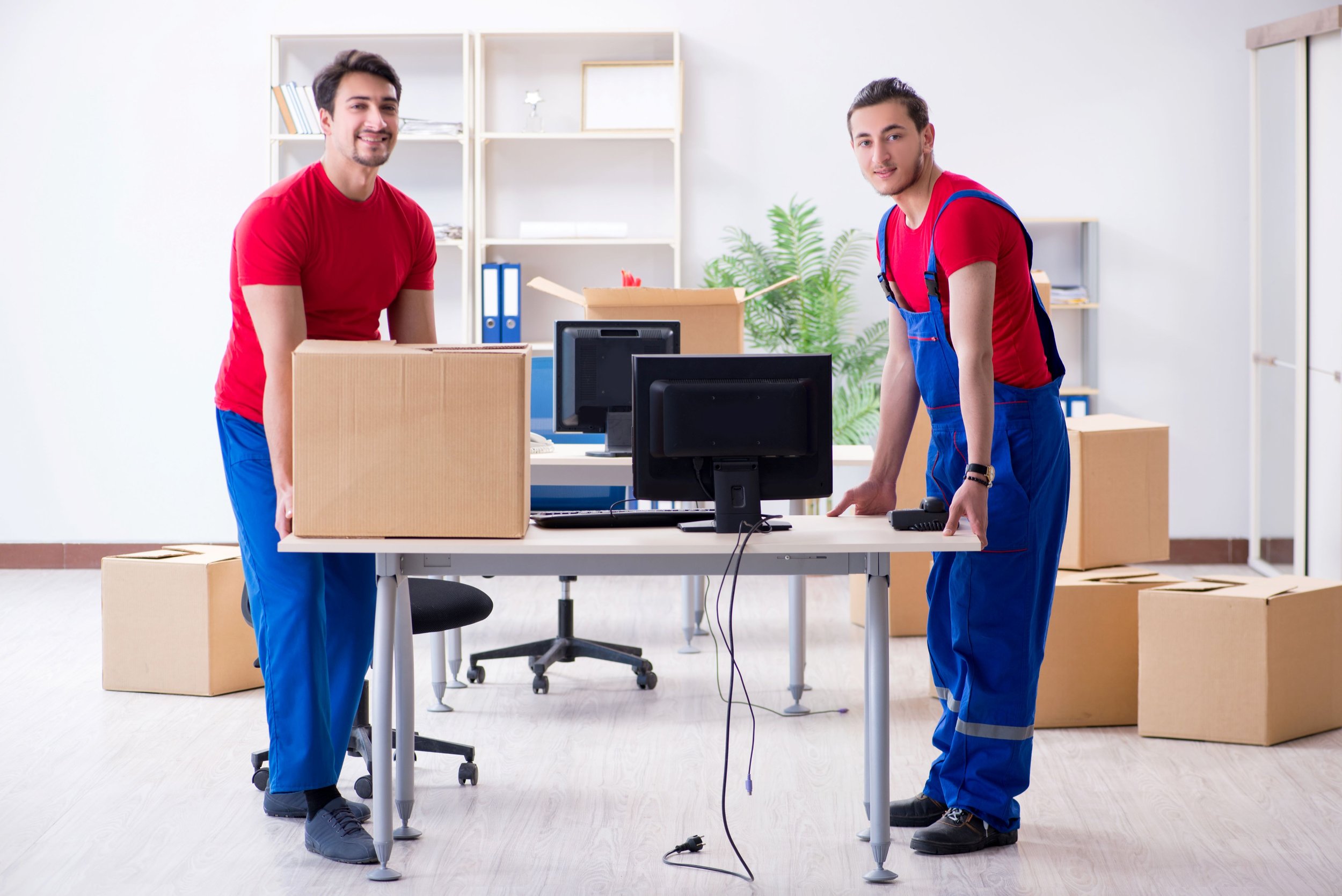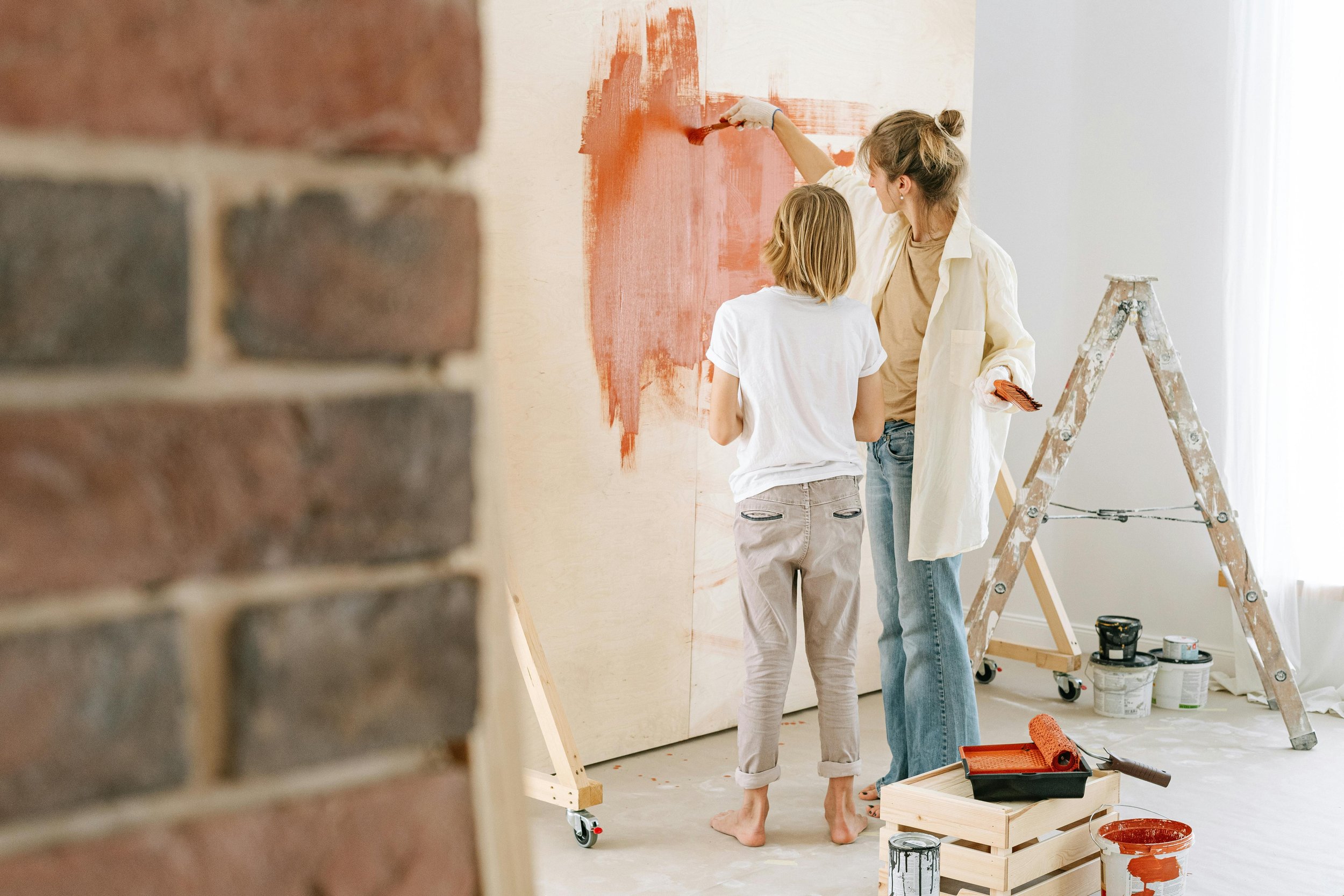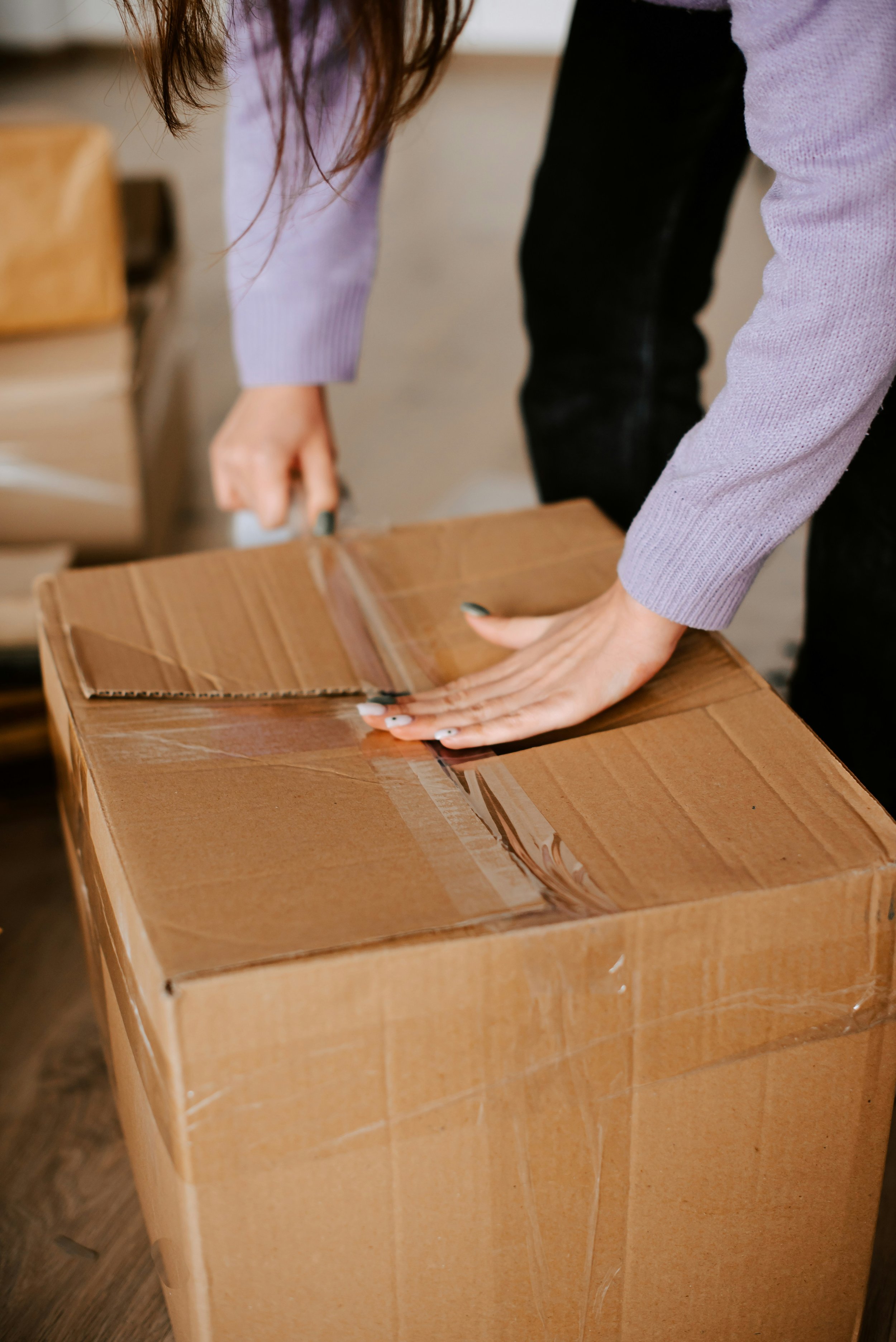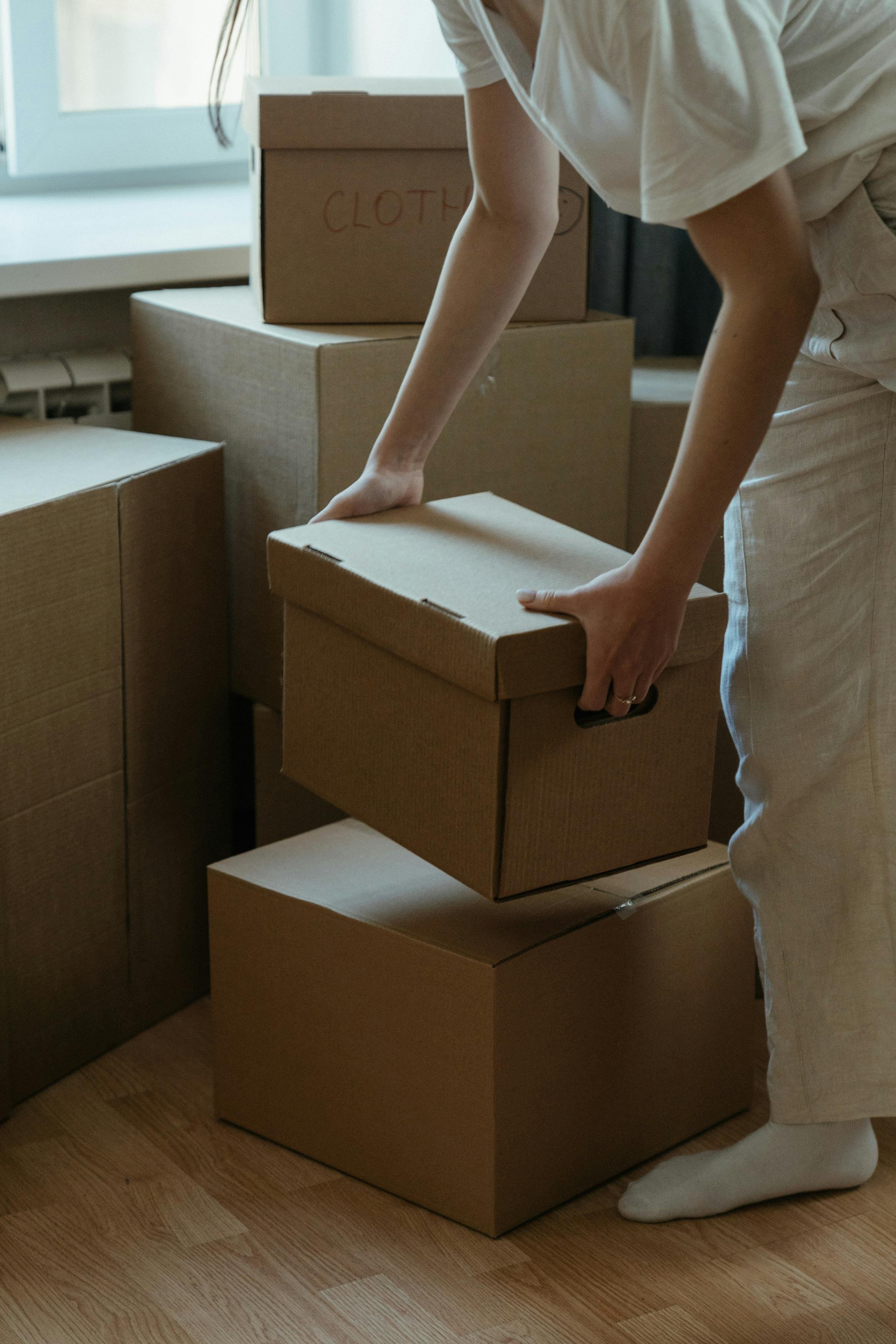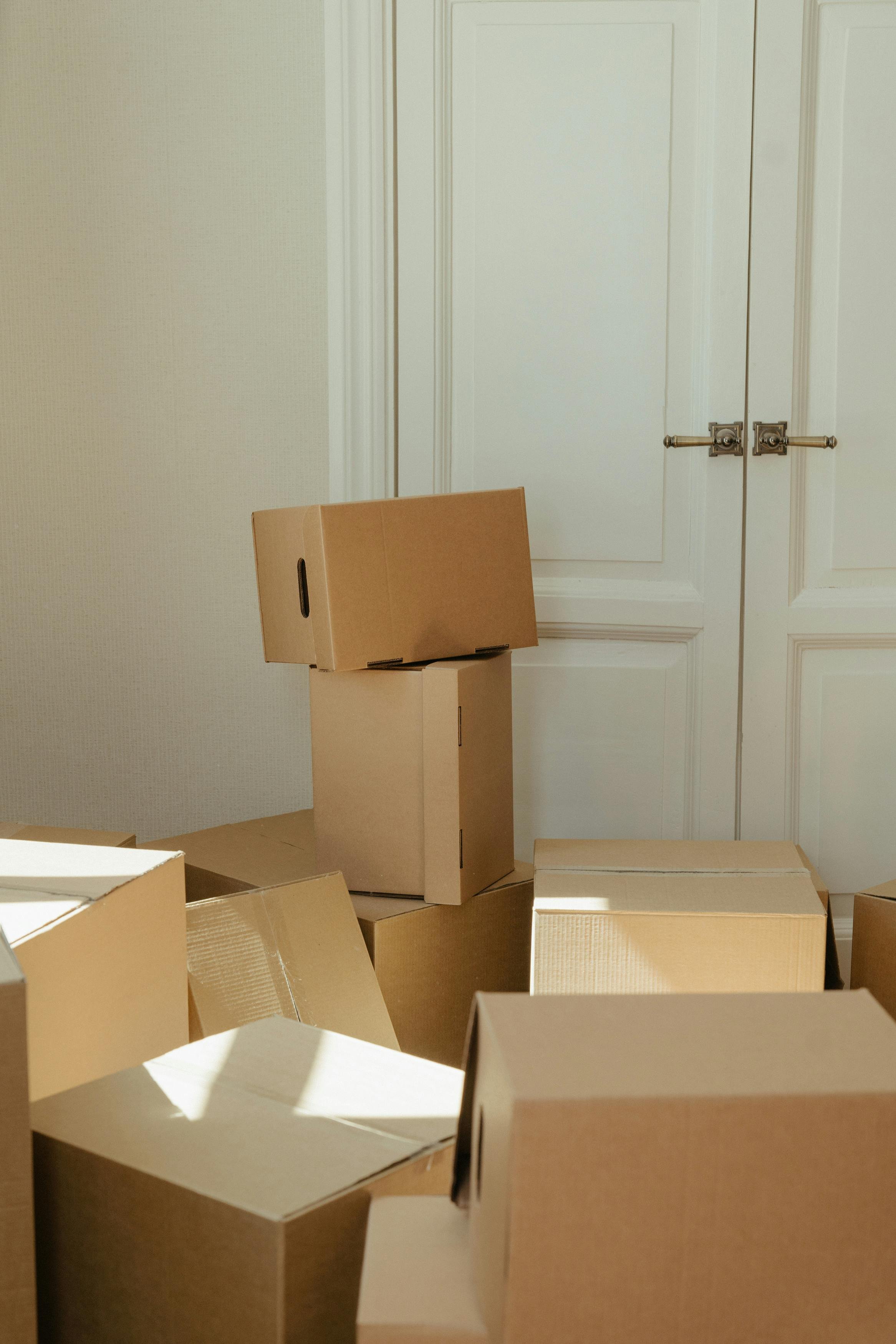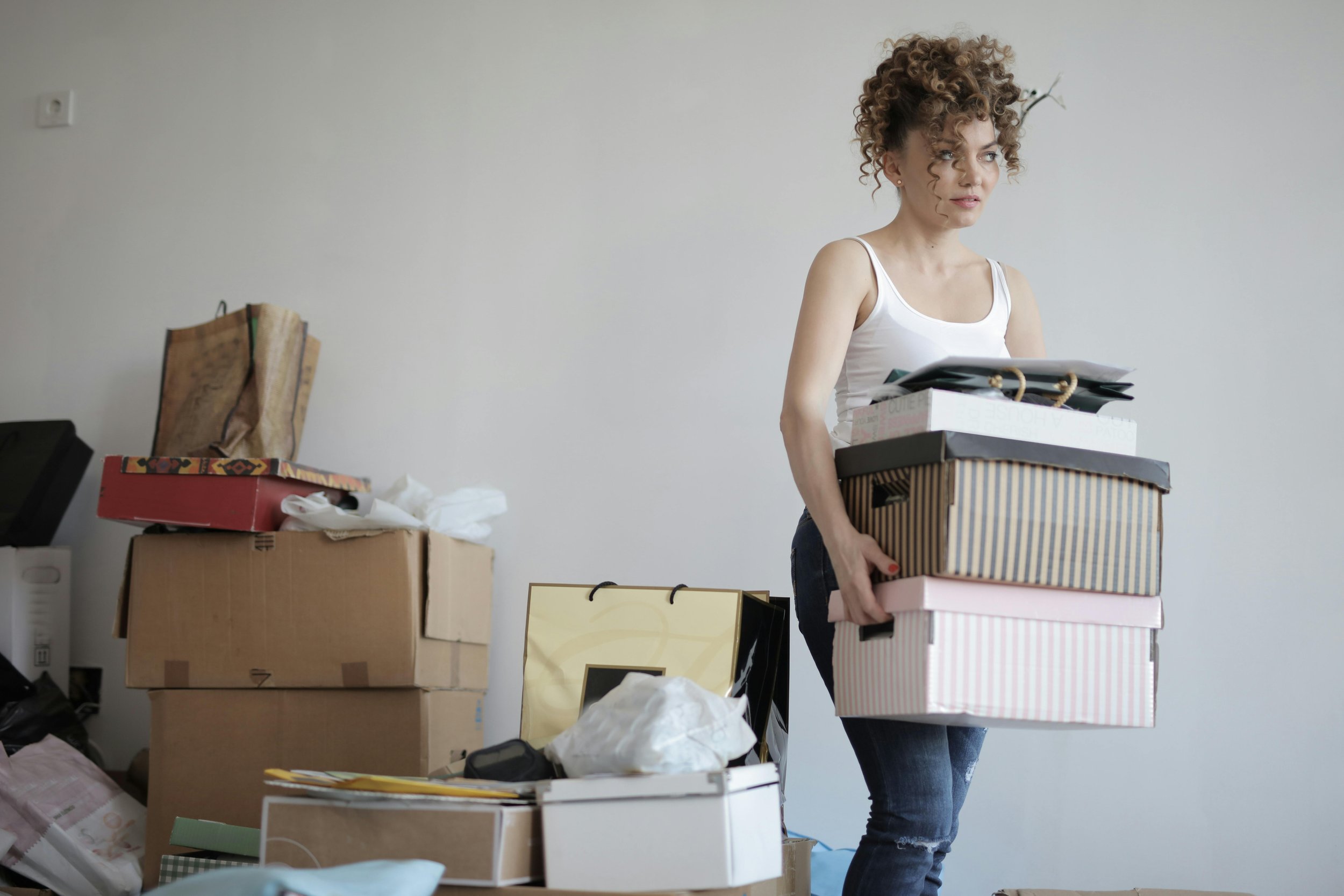7 Tips for Safe & Reliable Piano Moving
Ensure your piano's safety during relocation with these 7 expert tips for secure and reliable piano moving, whether it's a local or long-distance move.
Moving a piano is no ordinary task. This delicate and heavy instrument requires care, precision, and planning. Whether it’s a baby grand or an upright piano, the stakes are high, and the risks of damage are equally daunting.
If you’re about to move a piano, it’s crucial to ensure the process is as smooth and secure as possible. Below are seven comprehensive tips for moving a piano that will help you avoid stress, injury, or damage.
Plan Ahead for a Seamless Move
Preparation is the key to successfully moving a piano. Before you even think about lifting the instrument, map out the entire moving process.
Measure Your Space: Know the dimensions of your piano and the spaces it needs to pass through, like doorways, hallways, and staircases. This ensures you won’t encounter obstacles mid-move.
Plan the Pathway: Remove any clutter, rugs, or objects that could trip you up. A clear pathway is essential for safety.
Gather Your Team: You’ll need at least 3-4 people to assist, depending on the piano's size. Discuss roles beforehand to avoid confusion during the move.
Use the Right Equipment
Pianos are heavy, awkwardly shaped, and easy to damage. Having the right equipment can make all the difference.
Piano Dollies and Straps: Invest in or rent specialized piano dollies and heavy-duty straps. These tools provide stability and make the moving process safer.
Moving Blankets: Wrap the piano in thick moving blankets to protect its finish and prevent scratches.
Gloves and Grip Pads: Use gloves with good grip and padding to handle the instrument securely.
If you’re unsure about the equipment you need, consult professional movers for advice. They often have the specialized tools necessary to handle such jobs.
Understand the Weight Distribution
Pianos have an uneven weight distribution, with the heaviest parts concentrated around the frame and strings. Knowing this will help you and your team handle the instrument correctly.
Upright Pianos: These tend to be top-heavy, so be cautious when tipping or turning them.
Grand Pianos: The legs and pedals must be removed before moving. Always carry the piano on its side, never upright, to maintain balance.
Improper handling can damage the piano’s internal components or injure those lifting it.
Secure the Keyboard Lid
The keyboard lid is one of the most fragile parts of a piano, and leaving it unsecured can lead to serious damage.
Lock It Down: If your piano has a lockable lid, secure it before moving. If not, use strong tape to hold it shut.
Protect the Keys: Even with the lid secured, consider wrapping the keys with a layer of foam or cloth for extra protection.
Taking these precautions will ensure that the delicate keys remain intact throughout the move.
Navigate Stairs with Extra Caution
Moving a piano up or down stairs is one of the most challenging parts of the process. It requires teamwork, strength, and precision.
Position Strategically: Assign the strongest team members to the lower side of the piano when going up or down stairs to support the weight.
Go Slowly: Take one step at a time, communicating clearly with your team to avoid sudden movements.
Use a Ramp: If possible, use a sturdy ramp to make the process smoother and less physically demanding.
Stairs are a prime example of why many people opt to hire professional movers, as their experience can prevent accidents and damage.
Protect Your Floors and Walls
Moving a piano can wreak havoc on your home if proper precautions aren’t taken.
Floor Protection: Lay down moving pads or thick cardboard along the pathway to prevent scratches and dents.
Wall Protection: Use foam or padding on walls in narrow spaces to avoid accidental scrapes.
Avoid Dragging: Never drag the piano directly on the floor. Lift it with your team or use a dolly.
A little preparation here can save you from costly repairs later.
Consider Professional Help
While it’s possible to move a piano on your own, there are compelling reasons to hire professional movers.
Experience Matters: Trained professionals know how to handle pianos safely, ensuring no damage occurs to the instrument or your property.
Time-Saving: Professionals can complete the move much faster than a DIY effort, allowing you to focus on other aspects of your relocation.
Peace of Mind: Hiring experts removes the stress and physical strain of moving such a heavy and delicate item.
When searching for movers, ensure they have specific experience in piano moving. This specialty guarantees they understand the intricacies involved.
Common Mistakes to Avoid
Even with these tips for moving a piano, mistakes can happen. Here are some common pitfalls to steer clear of:
Underestimating the Weight: Pianos are heavier than they appear, and trying to move one without enough manpower can result in injuries.
Rushing the Process: Hurrying through a piano move increases the risk of accidents. Take your time and focus on precision.
Ignoring Weather Conditions: Rain or extreme heat can damage your piano. Schedule your move for a day with clear weather, or ensure the piano is well-protected.
Why Proper Piano Moving is Essential
Pianos are not just instruments; they’re often family heirlooms or significant investments. Moving them improperly can lead to:
Internal Damage: The strings, hammers, and soundboard can shift or break under improper handling.
Aesthetic Damage: Scratches, dents, or broken pieces can diminish the piano’s appearance and value.
Personal Injuries: The weight and awkward shape make pianos a common cause of moving-related injuries.
Following tips for moving a piano is not just about preserving the instrument—it’s about ensuring the safety and well-being of everyone involved in the move. Careful planning, the right equipment, and professional assistance can make all the difference.
By taking these precautions, you can protect your piano from internal and external damage, preserve its sentimental and monetary value, and prevent injuries to yourself or your team. In the end, a well-planned move ensures that your piano continues to bring joy and harmony to your home for years to come.
